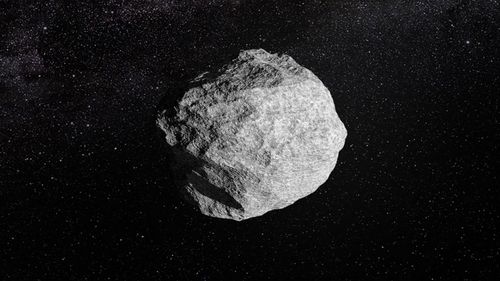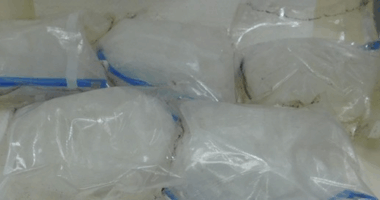Share this @internewscast.com
The asteroid known as 2024 YR4 is out of sight yet still very much on scientists’ minds.
Initially thought to be on a trajectory towards Earth, the massive object is now racing beyond the detection range of telescopes as it follows its orbit around the sun.
But as scientists wait for it to reappear, its revised trajectory is now drawing attention to another possible target: the moon.

Discovered at the end of 2024, the space rock looked at first as if it might hit our planet by December 22, 2032.
Each new observation altered the likelihood of an impact, reaching a high of 3.1 percent in February, marking it as the most hazardous asteroid ever documented.
Ground- and space-based telescope observations were crucial in helping astronomers narrow in on 2024 YR4’s size and orbit.
With more precise measurements, researchers were ultimately able to rule out an Earth impact.
According to NASA, observations made of the asteroid in early June, before it vanished from sight, have enhanced astronomers’ predictions of its location in seven years by nearly 20 percent.
That data shows that even with Earth avoiding direct impact, YR4 could still pose a threat in late 2032 by slamming into the moon.
The impact would be a once-in-a-lifetime event for humanity to witness â but it could also send fine-grained lunar material hurtling toward our planet.
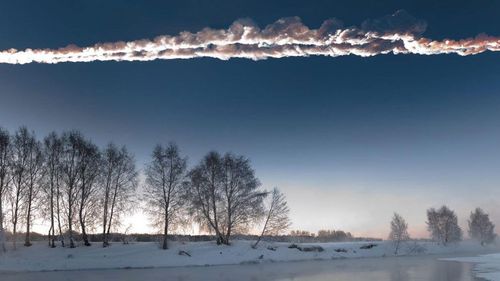
While Earth wouldn’t face any significant physical danger should the asteroid strike the moon, there is a chance that any astronauts or infrastructure on the lunar surface at that time could be at risk â as could satellites orbiting our planet that we depend on to keep vital aspects of life, including navigation and communications, running smoothly.
Any missions in low-Earth orbit could also be in the pathway of the debris, though the International Space Station is scheduled to be deorbited before any potential impact.
Initially, YR4 was seen as a case study in why scientists do the crucial work of planetary defence, discovering and tracking asteroids to determine which ones have a chance of colliding with Earth.
Now, astronomers say this one asteroid could redefine the range of risks the field addresses, expanding the purview of the work to include monitoring asteroids that might be headed for the moon as well.
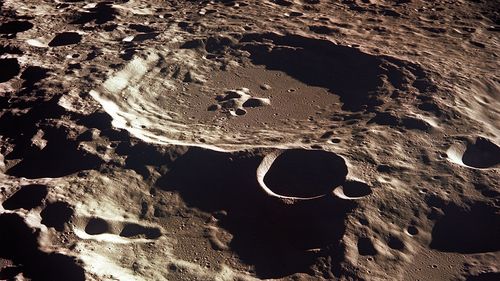
“We’re starting to realise that maybe we need to extend that shield a little bit further,” said Dr. Paul Wiegert, a professor of astronomy and physics at the Western University in London, Ontario.
“We now have things worth protecting that are a bit further away from Earth, so our vision is hopefully expanding a little bit to encompass that.”
In the meantime, researchers are assessing just how much chaos a potential YR4 lunar impact could create â and whether anything can be done to mitigate it.
‘City killer’ on the moon
The threatening hunk of rock appears as just a speck of light through even the strongest astronomical tools.
In reality, YR4 is likely about 60m in diameter, according to observations in March by the James Webb Space Telescope, the most powerful space-based observatory in operation.
“Size equals energy,” said Julien de Wit, associate professor of planetary sciences at the Massachusetts Institute of Technology, who observed YR4 with Webb.
“Knowing YR4’s size helped us understand how big of an explosion it could be.”
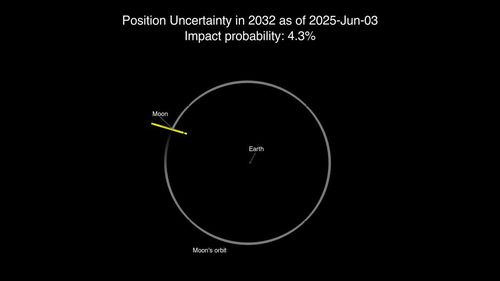
Astronomers believe they have found most of the near-Earth asteroids the field would classify as “planet killers” â space rocks that are 1 kilometre across or larger and could be civilisation-ending, said Dr. Andy Rivkin, planetary astronomer from the Johns Hopkins University’s Applied Physics Laboratory in Maryland.
The planet killer that slammed into Earth 66 million years ago and led to the extinction of dinosaurs was estimated to be roughly 10 kilometres in diameter.
Smaller asteroids such as YR4, which was colloquially dubbed a “city killer” after its discovery, could cause regional devastation if they collide with our planet.
About 40 per cent of near-Earth space rocks larger than 140m but smaller than a kilometre â capable of more widespread destruction â have been identified, according to NASA.
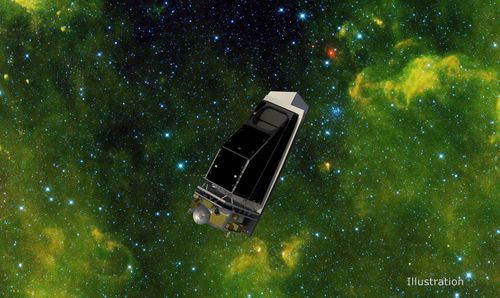
But astronomers have never really had a chance to watch a collision of that size occur on the moon in real time, Wiegert said.
The latest glimpses of YR4 on June 3 before it passed out of view revealed a 4.3 per cent chance of a YR4 lunar impact â small but decent enough odds for scientists to consider how such a scenario might play out.
A striking meteor shower â and a risk
Initial calculations suggest the impact has the largest chance of occurring on the near side of the moon â the side we can see from Earth.
“YR4 is so faint and small we were able to measure its position with JWST longer than we were able to do it from the ground,” said Rivkin, who has been leading the Webb study of YR4.
“And that lets us calculate a much more precise orbit for it, so we now have a much better idea of where it will be and won’t be.”
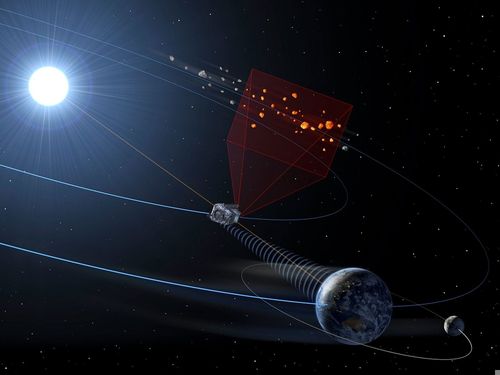
The collision could create a bright flash that would be visible with the naked eye for several seconds, according to Wiegert, lead author of a recent paper submitted to the American Astronomical Society journals analysing the potential lunar impact.
The collision could create an impact crater on the moon estimated at 1 kilometre wide (0.6 miles wide), Wiegert said â about the size of Meteor Crater in Arizona, Rivkin added.
It would be the largest impact on the moon in 5000 years and could release up to 100 million kilograms of lunar rocks and dust, according to the modelling in Wiegert’s study.
Even pieces of debris that are just tens of centimetres in size could present a hazard for any astronauts who may be present on the moon, or any structures they have built for research and habitation, Wiegert said.
The moon has no atmosphere, so the debris from the event could be widespread on the lunar surface, he added.
On average, the moon is 384,400 kilometres away from Earth, according to NASA.
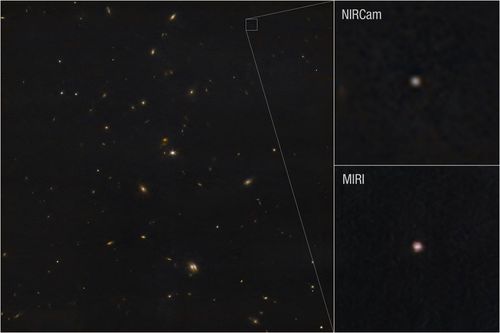
Particles the size of large sand grains, ranging from 0.1 to 10 millimetres in size, of lunar material could reach Earth between a few days and a few months after the asteroid strike because they’ll be travelling incredibly fast, creating an intense, eye-catching meteor shower, Wiegert said.
“There’s absolutely no danger to anyone on the surface,” Wiegert said.
“We’re not expecting large boulders or anything larger than maybe a sugar cube, and our atmosphere will protect us very nicely from that.
But they’re travelling faster than a speeding bullet, so if they were to hit a satellite, that could cause some damage.”
Not all lunar debris that reaches the Earth is so small, and it depends on the angle and type of impact to the moon, according to Washington University in St. Louis.
Space rocks slamming into the lunar surface over millions of years have resulted in various sizes of lunar meteorites found on Earth.
Hundreds to thousands of impacts from millimeter-size debris could affect Earth’s satellite fleet, meaning satellites could experience up to 10 years’ equivalent of meteor debris exposure in a few days, Wiegert said.
Humankind depends on vital space infrastructure, said Dan Oltrogge, chief scientist at COMSPOC, a space situational awareness software company that develops solutions for handling hazards such as space debris.
“Space touches almost every aspect of our lives today, ranging from commerce, communications, travel, industry, education, and social media, so a loss of access to and effective use of space presents a serious risk to humanity,” Oltrogge said.
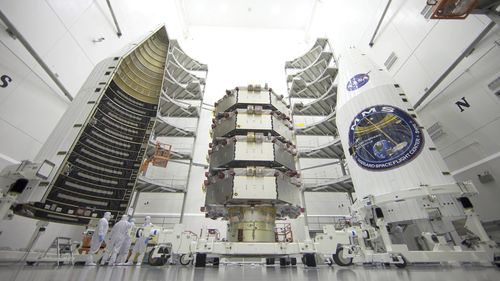
The event is unlikely to trigger a Kessler Syndrome scenario in which debris from broken satellites would collide with others to create a domino effect or fall to Earth.
Instead, it might be more akin to when a piece of gravel strikes a car windshield at high speed, meaning solar panels or other delicate satellite parts might be damaged, but the satellite will remain in one piece, Wiegert said.
While a temporary loss of communication and navigation from satellites would create widespread difficulties on Earth, Wiegert said he believes the potential impact is something for satellite operators, rather than the public, to worry about.
Protecting Earth and the moon
Scientists and astronomers around the world are thinking about the possible scenarios since they could not rule out a lunar impact before YR4 disappeared from view, Wiegert said.
“We realise that an impact to the moon could be consequential, so what would we do?” de Wit said.
A potential planetary defence plan might be clearer if the asteroid were headed straight for Earth.
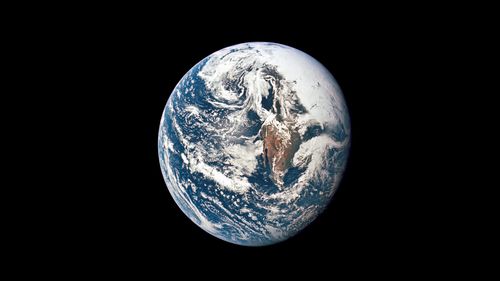
Rivkin helped test one approach in September 2022 as the principal investigator of NASA’s Double Asteroid Redirection Test, or DART, which intentionally slammed a spacecraft into the asteroid Dimorphos in September 2022.
Dimorphos is a moonlet asteroid that orbits a larger parent asteroid known as Didymos.
Neither poses a threat to Earth, but the double-asteroid system was a perfect target to test deflection technology because Dimorphos’ size is comparable to asteroids that could harm our planet in the event of an impact.
The DART mission crashed a spacecraft into the asteroid at six kilometres per second to find out whether such a kinetic impact would be enough to change the motion of a celestial object in space.
It worked. Since the day of the collision, data from ground-based telescopes has revealed that the DART spacecraft did alter Dimorphos’ orbital period â or how long it takes to make a single revolution around Didymos â by about 32 or 33 minutes.
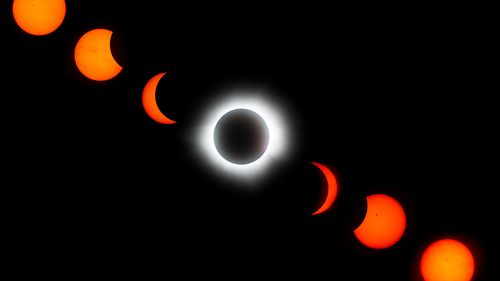
And scientists have continued to observe additional changes to the pair, including how the direct hit likely deformed Dimorphos due to the asteroid’s composition.
Similarly, if YR4 strikes the moon and doesn’t result in damaging effects for satellites, it could create a tremendous opportunity for researchers to learn how the lunar surface responds to impacts, Wiegert said.
But whether it would make sense to send a DART-like mission to knock YR4 off a collision course with the moon remains to be seen.
It will depend on future risk assessments by planetary defence groups when the asteroid comes back into view around 2028, de Wit said.
Though defence plans for a potential moon impact still aren’t clear, YR4’s journey underscores the importance â and the challenges â of tracking objects that are often impossible to see.
YR4 was detected by the Asteroid Terrestrial-impact Last Alert System, or ATLAS telescope, in RÃo Hurtado, Chile, two days after the asteroid had already made its closest pass by Earth, hidden by the bright glare of the sun as it approached our planet.
The same thing occurred when an asteroid measuring roughly 20m across hit the atmosphere and exploded above Chelyabinsk, Russia, on February 15, 2013, damaging thousands of buildings, according to the European Space Agency.
While no one died, about 1500 people were injured when the windows in homes and businesses blew out due to the shock wave.
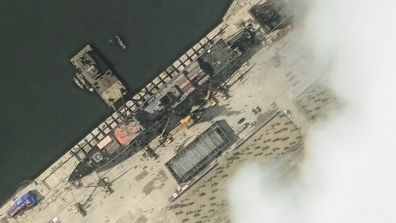
Disastrous launch of absolute leader’s warship revealed from space
Trying to observe asteroids is challenging for many reasons, Rivkin said.
Asteroids are incredibly faint and hard to see because rather than emitting their own light, they only reflect sunlight.
And because of their relatively tiny size, interpreting observations is not a clear-cut process like looking through a telescope at a planet such as Mars or Jupiter.
“For asteroids, we only see them as a point of light, and so by measuring how bright they are and measuring their temperature, basically we can get a size based on how big do they have to be in order to be this bright,” Rivkin said.
For decades, astronomers have had to search for faint asteroids by night, which means missing any that may be on a path coming from the direction of the sun â creating the world’s biggest blind spot for ground-based telescopes that can’t block out our star’s luminosity.
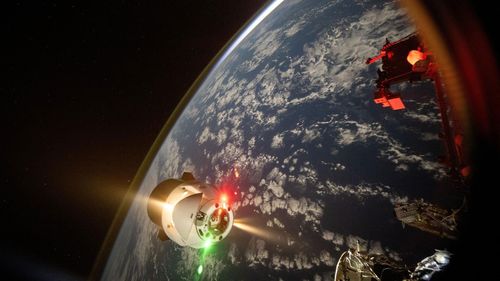
But upcoming telescopes â including NASA’s NEO Surveyor, expected to launch by the end of 2027 and the European Space Agency’s Near-Earth Object Mission in the InfraRed, or NEOMIR satellite, set for liftoff in the early 2030s â could shrink that blind spot, helping researchers detect asteroids much closer to the sun.
“NEOMIR would have detected asteroid 2024 YR4 about a month earlier than ground-based telescopes did,” said Richard Moissl, head of ESA’s Planetary Defence Office, in a statement.
“This would have given astronomers more time to study the asteroid’s trajectory and allowed them to much sooner rule out any chance of Earth impact in 2032.”
NASA and other space agencies are constantly on the lookout for potentially hazardous asteroids, defined as such based on their distance from Earth and ability to cause significant damage should an impact occur.
Asteroids that can’t get any closer to our planet than one-twentieth of Earth’s distance from the sun are not considered to be potentially hazardous asteroids, according to NASA.
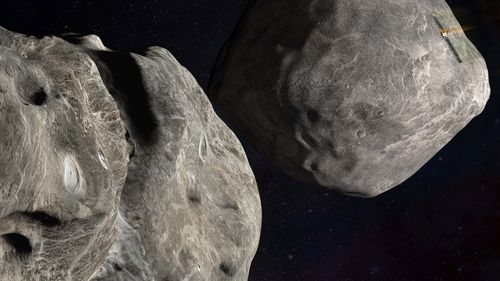
When the new Vera C. Rubin Observatory, located in the Andes in Chile, released its first stunning images of the cosmos in June, researchers revealed the discovery of more than 2,100 previously unknown asteroids after seven nights of observations.
Of those newly detected space rocks, seven were near-Earth objects.
A near-Earth object is an asteroid or comet on an orbit that brings it within 190 million kilometres of the sun, which means it has the potential to pass near Earth, according to NASA.
None of the new ones detected by Rubin were determined to pose a threat to our planet.
Rubin will act as a great asteroid hunter, de Wit said, while telescopes such as Webb could be a tracker that follow up on Rubin’s discoveries.
A proposal by Rivkin and de Wit to use Webb to observe YR4 in the spring of 2026 has just been approved.

Webb is the only telescope with a chance of glimpsing the asteroid before 2028.
“This newly approved program will buy decision makers two extra years to prepare â though most likely to relax, as there is an 80 per cent chance of ruling out impact â while providing key experience-based lessons for handling future potential impactors to be discovered by Vera Rubin,” de Wit said.
And because of the twists and turns of YR4’s tale thus far, asteroids that have potential to affect the moon could become objects of even more intense study in the future.
“If this really is a thing that we only have to worry about every 5000 years or something, then maybe that’s less pressing,” Rivkin said.
“But even just asking what would we do if we did see something that was going to hit the moon is at least something that we can now start thinking about.”
